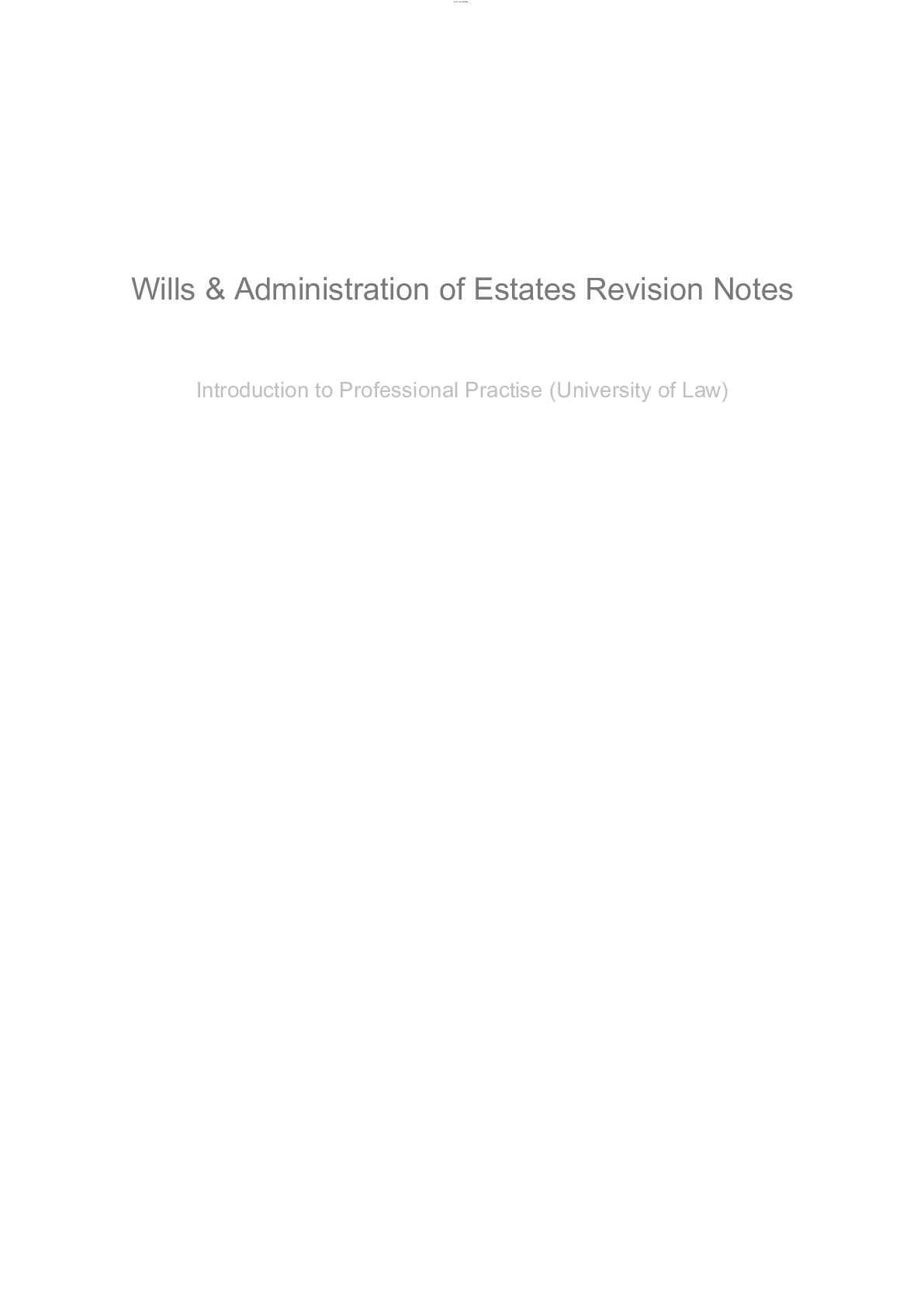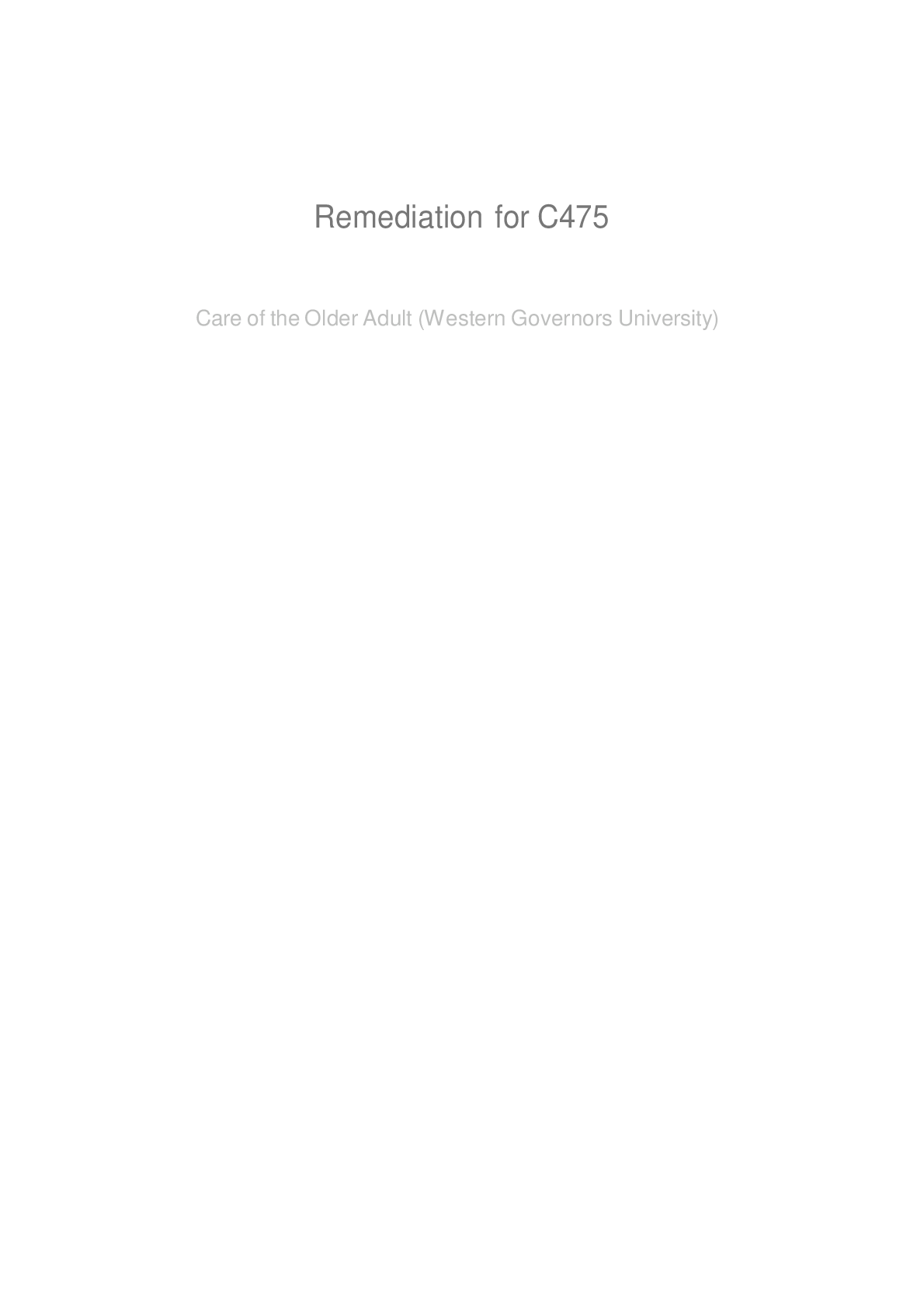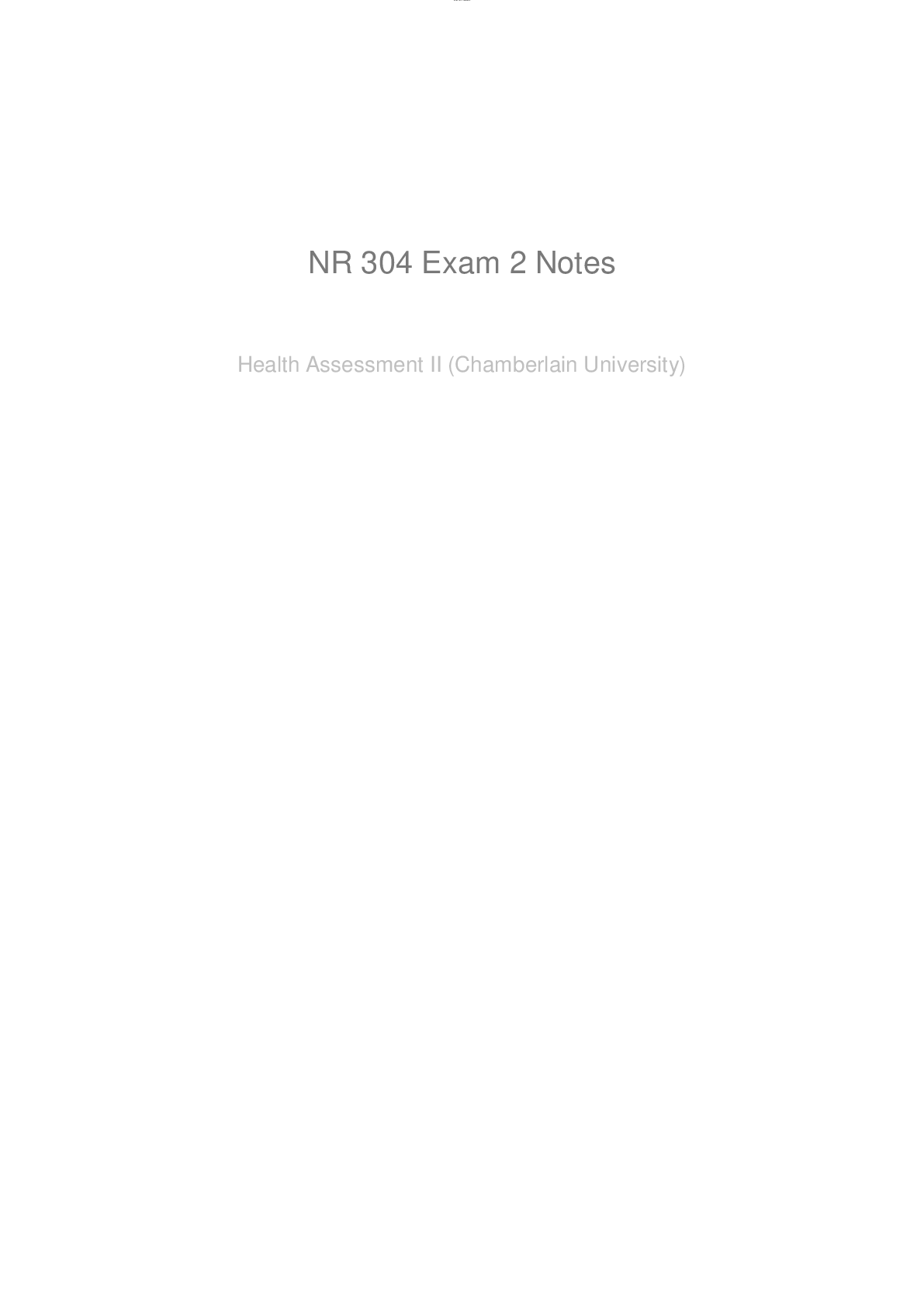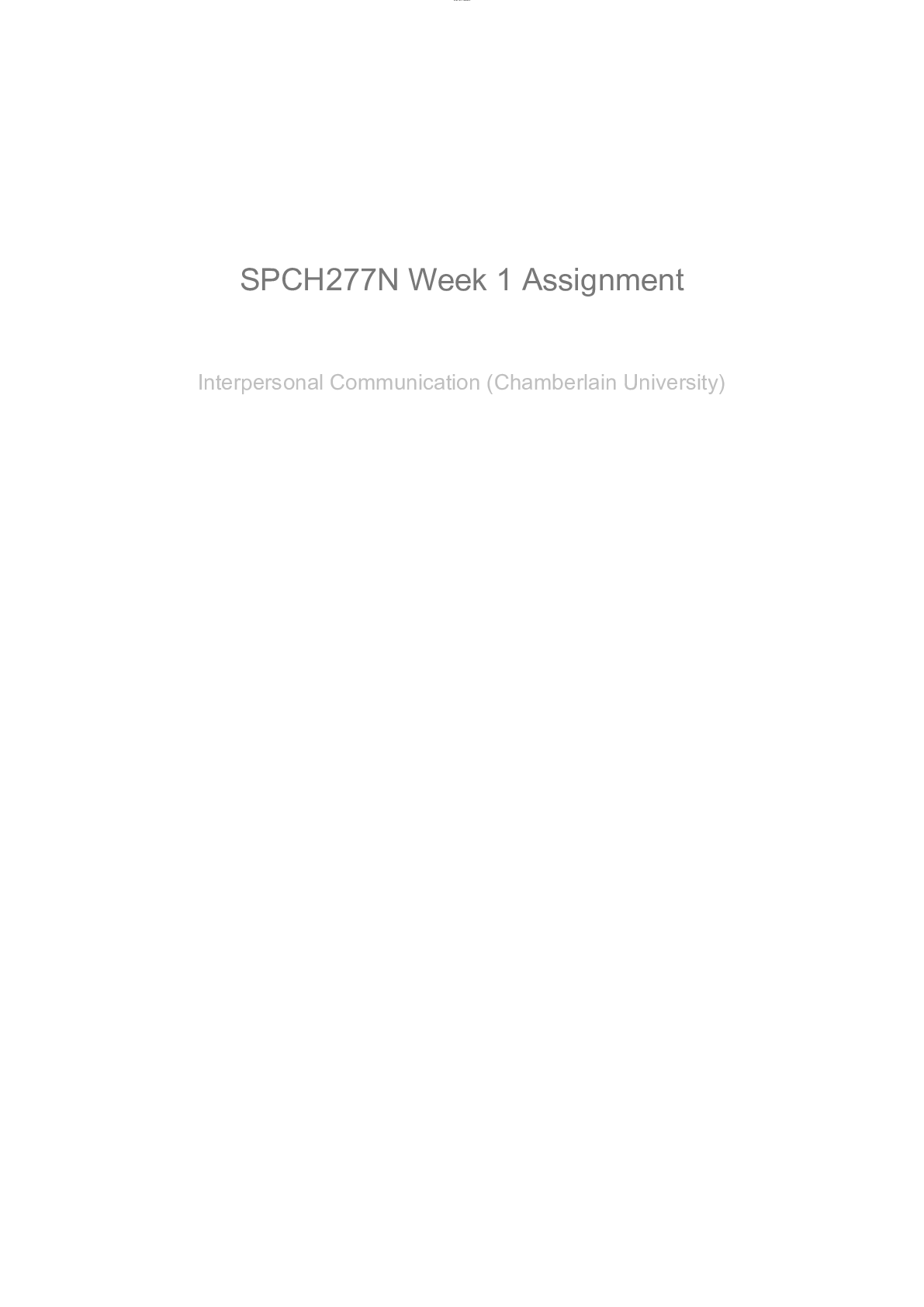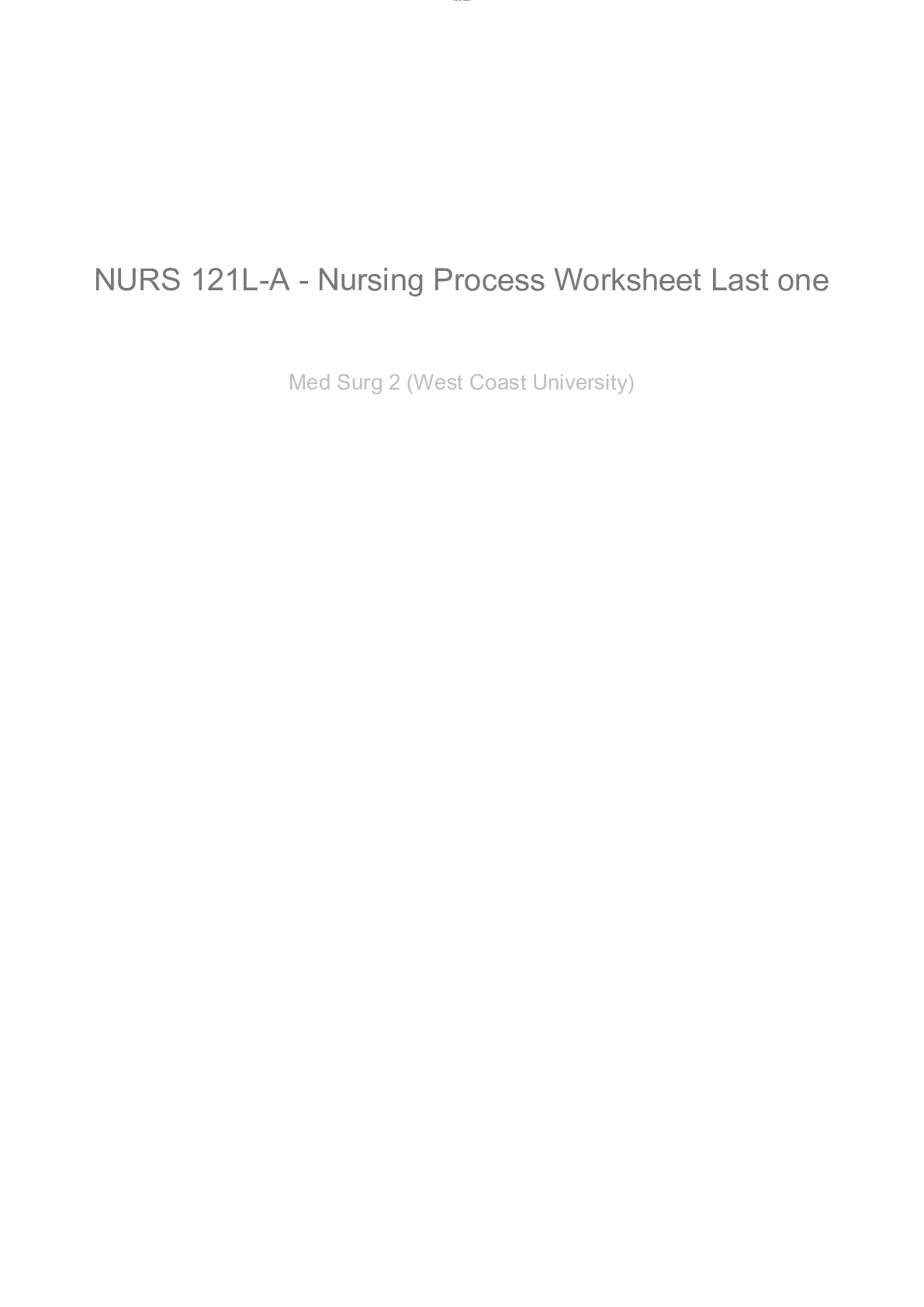Economics > Study Notes > LABOR SUPPLY: A REVIEW OF ALTERNATIVE APPROACHES RICHARD BLUNDELL* University College London and Ins (All)
LABOR SUPPLY: A REVIEW OF ALTERNATIVE APPROACHES RICHARD BLUNDELL* University College London and Institute for Fiscal Studies THOMAS MACURDY* Department of Economics and The Hoover Institution, StanJord University
Document Content and Description Below
Abstracts 1560 JEL codes 1560 1 Introduction 1560 2 H o w have tax and welfare policies changed? 1563 2.1 u s tax and welfare programs 1564 2.2 UK tax and welfare programs 1569 3 Recent empirica... l trends 1572 3.1 Data sources 1574 3.2 Participation 1577 3.3 Hours of work 1580 3.4 Real wages 1584 4 A f r a m e w o r k for understanding labor supply 1586 4.1 The static labor supply model 1587 4.2 Multiperiodmodels oflabor supply under certainty 1591 4.3 Multiperiod models of labor supply under uncertainty 1596 4.4 Basic empirical specifications 1598 4.5 Which elasticities for policy evaluation? 1603 5 Policy reforms and the natural experiment approach 1607 5.1 The natural-experiment approach and the difference-in-differences estimator 1608 5.2 Does the difference-in differences estimator measure behavioral responses? 1613 5.3 A review of some empirical applications 1615 6 Estimation with non-participation and non-linear budget constraints 1617 6.1 Basic economic model with taxes 1618 * We would like to thank John Pencavel for providing the US data, Ctmstian Dustmarm for the German data, Howard Reed for the British data, and Lennart Flood for the Swedish data. Jed DeVaro and Mika Kuismanen provided able research assistance and many helpful comments. We also thank Soren Blomquist, James Heckrnan, Ian Walker and Valerie Lechene for comments on sections of earlier drafts. Blundell thanks the ESRC Centre for the Microeconomic Analysis of Fiscal Policy at IFS for financial support. MaCurdy gratefully acknowledges research support from NIH grant HD32055-02. Opinions expressed in this chapter are those of the authors and do not represent the official position or policy of any agency funding this research. Handbook of Labor Economics, Volume 3, Edited by O. AshenJelter and D. Card © 1999 Elsevier Science B.V. All rights reserved. 15591560 R. Blundell and T. MaCurdy 6.2 lnstrumental-wtriable estimation 1622 6.3 Maximum likelihood: convex differential constraints with full participation 1626 6.4 Maximum likelihood: convex piecewise-linear constraints with full participation 1629 6.5 Maximum likelihood: accounting for fixed costs of participation and missing wages 1635 6.6 Welfare participation and non-convex budget constraints 1638 6.7 An approach for computational simplification and discrete hours choices 1643 6.8 Survey of empirical findings for non-linearbudget constraints models 1644 7 Family labor supply 1657 7.1 The basic economic model of fanfily labor supply 1657 7.2 The collective model of family labor supply 1661 7.3 Some empirical findings for the family labor supply model 1665 8 Structural dynamic models 1672 8.1 The standard intertemporal labor supply model with participation 1672 8.2 Learning by doing and human capital 1676 8.3 Habit persistence 1680 8.4 Review of empirical results for structural dynamic models 1680 9 Closing comments 1684 Appendix A. Specifications of within-period preferences 1686 References 1689 Abstract This chapter surveys existing approaches to modeling labor supply and identifies important gaps in the literature that could be addressed in future research. The discussion begins with a look at recent policy reforms and labor market facts that motivate the study of labor supply. The analysis then presents a unifying framework that allows alternative empirical formulations of the labor supply model to be compared and their resulting elasticities to be interpreted. This is followed by critical reviews of alternative approaches to labor-supply modeling. The first review assesses the differencein-differences approach and its relationship to natural experiments. The second analyzes estimation with non-linear budget constraints and welfare-program participation. The third appraises developments of family labor-supply models including both the standard unitary and collective labor-supply formulations. The fourth briefly explores dynamic extensions of the labor supply model, characterizing how participation decisions, learning-by-doing, human capital accumulation and habit forma tion affect the analysis of the lifecycle model. At the end of each of the four broad reviews, we summarize a selection of the recent empirical findings. The concluding section asks whether the developments reviewed in this chapter place us in a better position to answer the policy-reform questions and to interpret the trends in participation and hours with which we began this review. © 1999 Elsevier Science B.V. All rights reserved. [Show More]
Last updated: 1 year ago
Preview 1 out of 137 pages
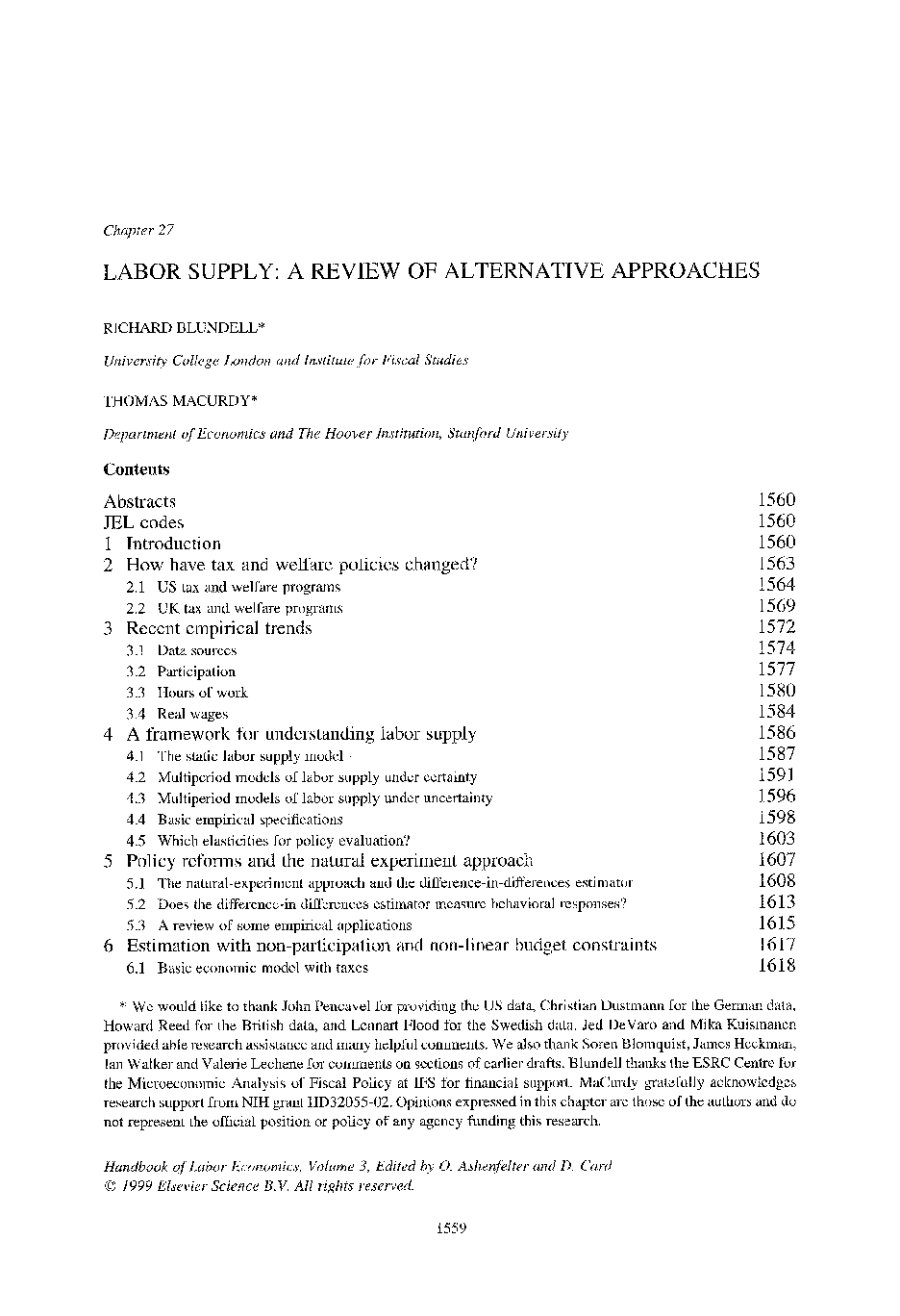
Reviews( 0 )
Document information
Connected school, study & course
About the document
Uploaded On
May 25, 2020
Number of pages
137
Written in
Additional information
This document has been written for:
Uploaded
May 25, 2020
Downloads
0
Views
46

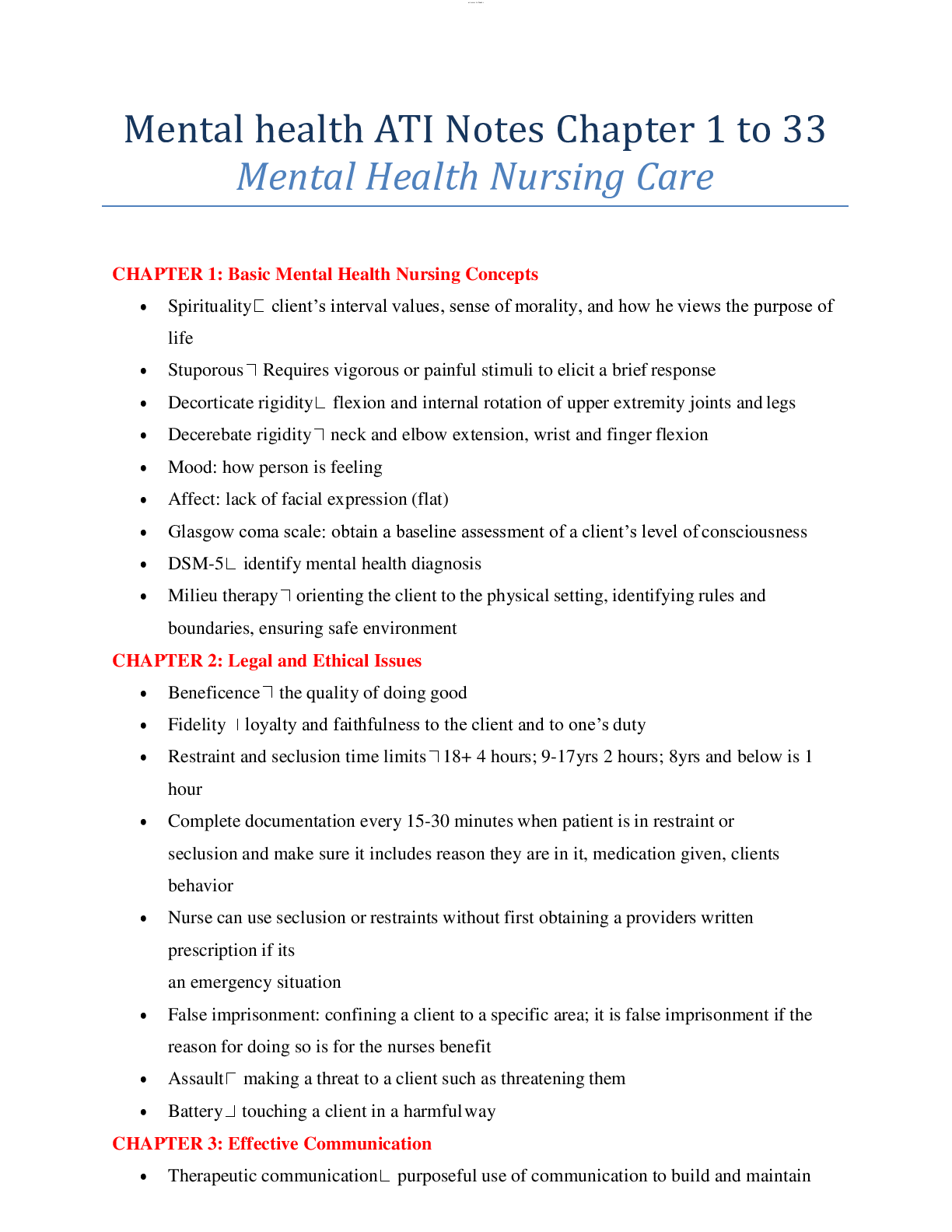

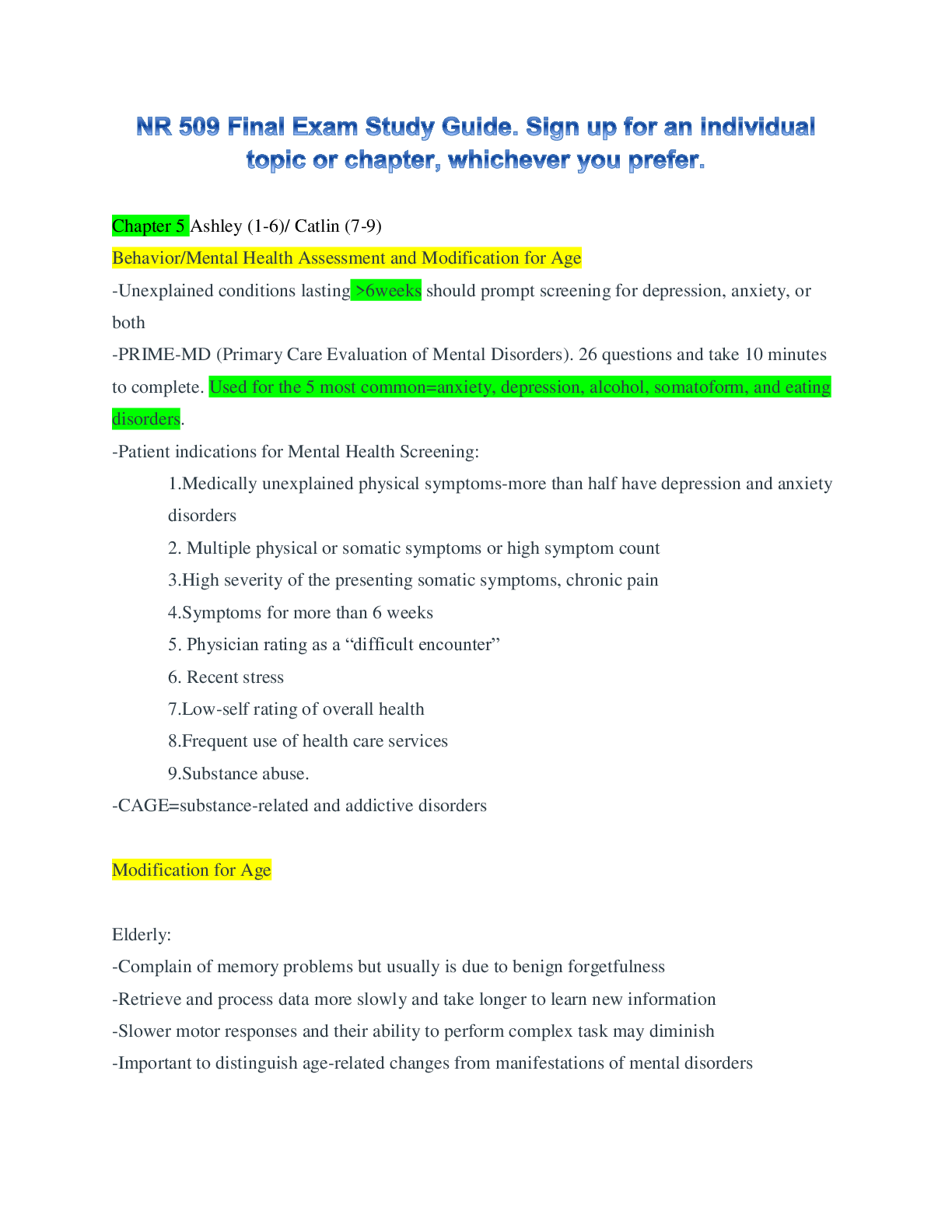
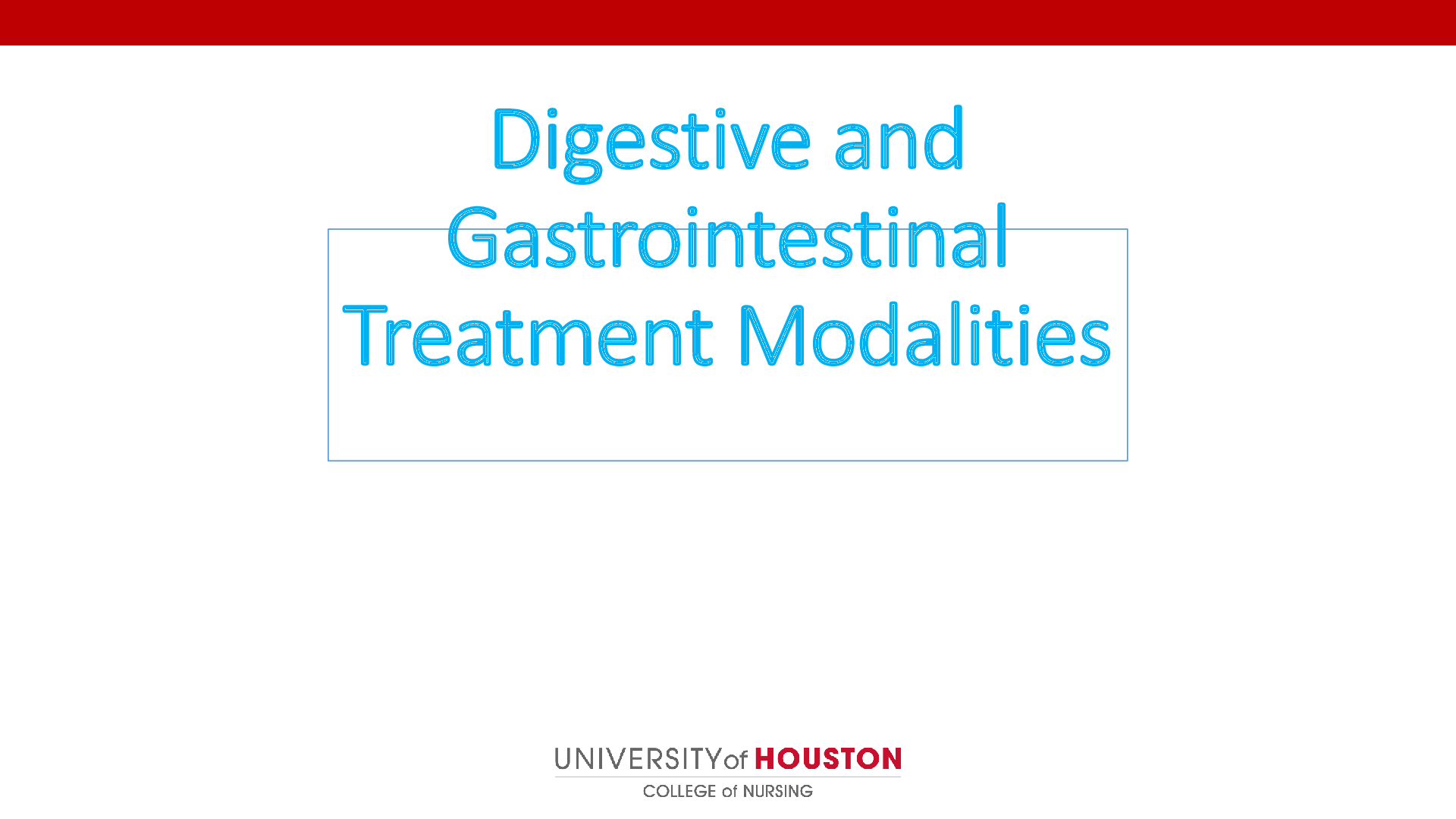

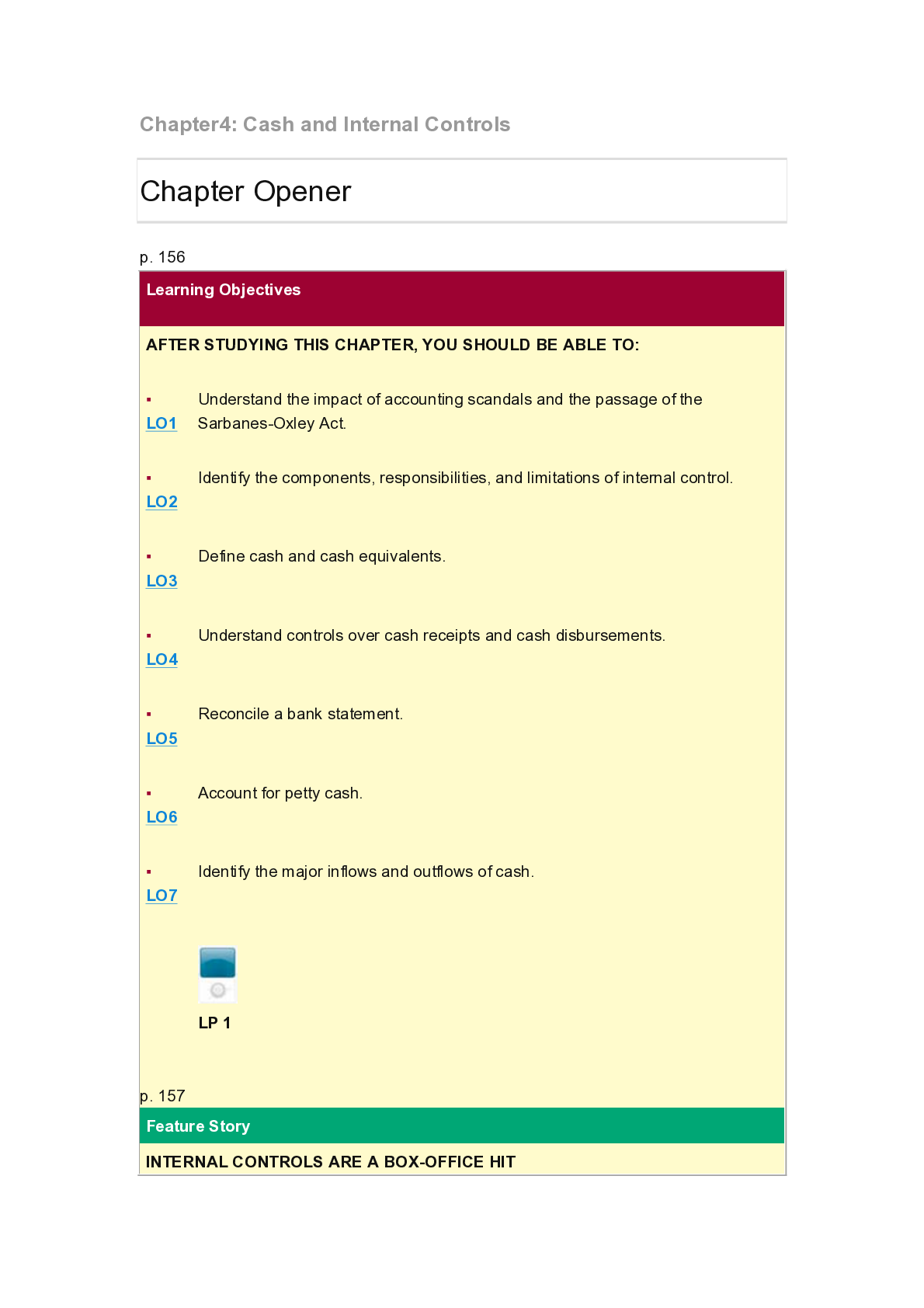
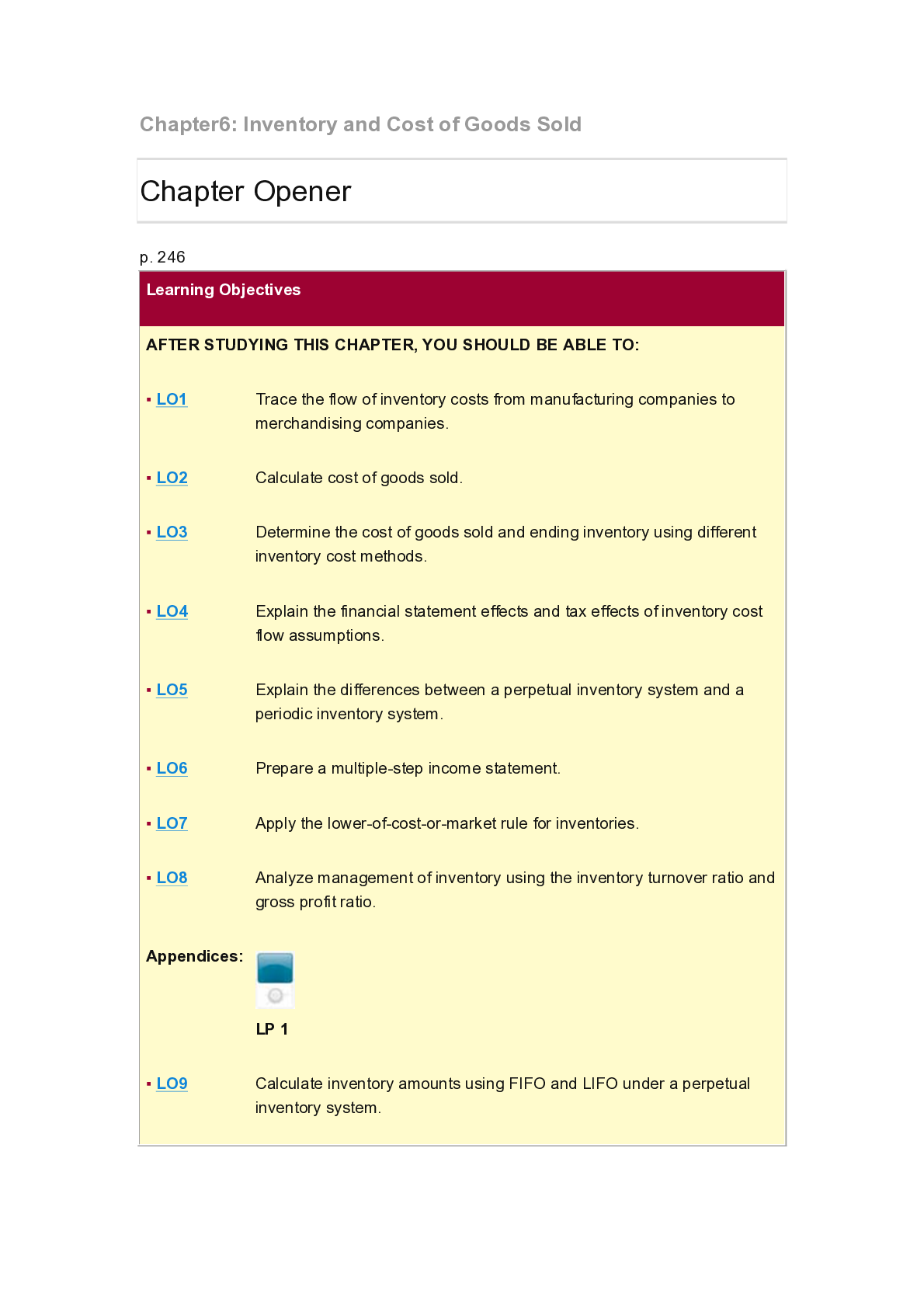
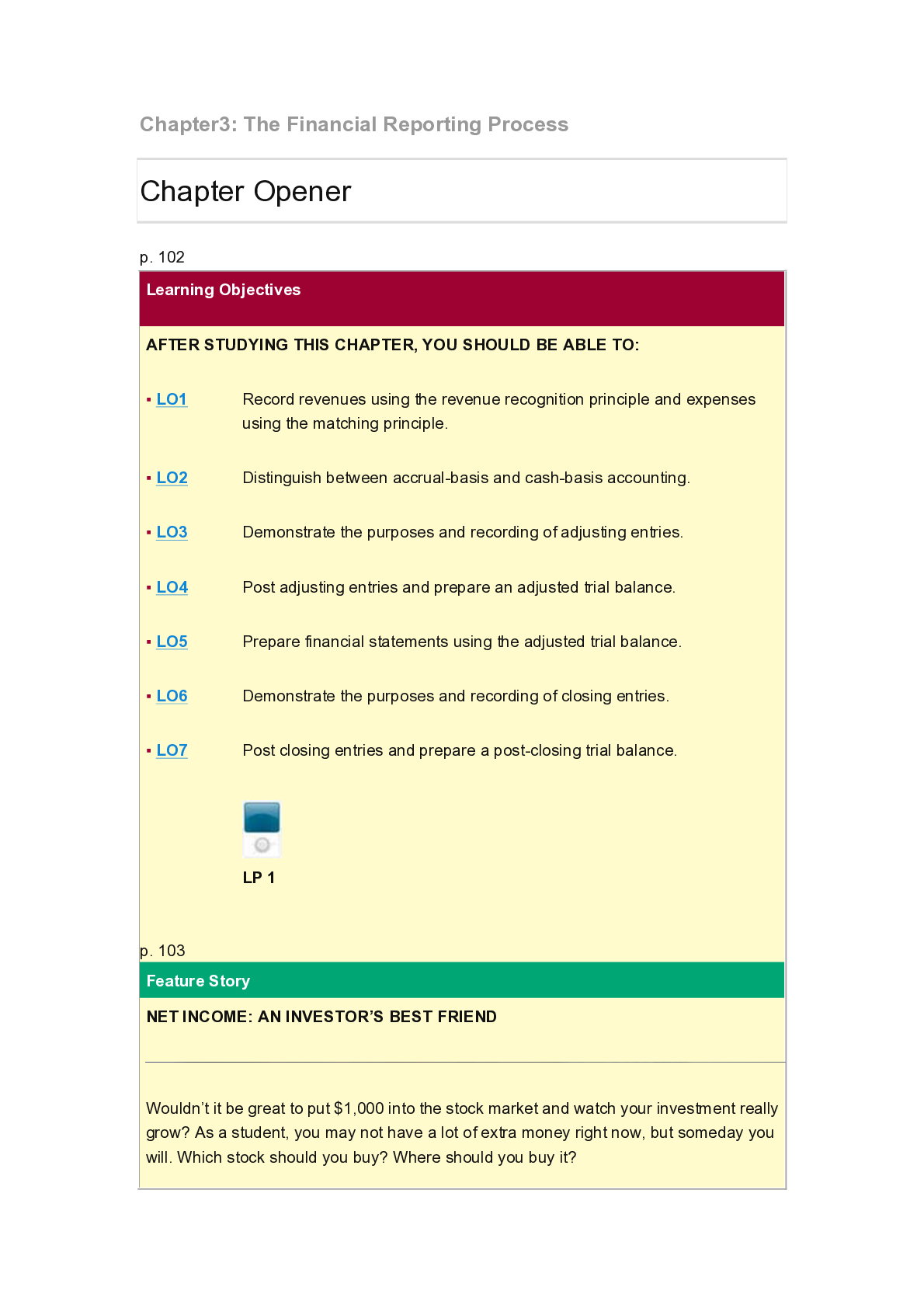
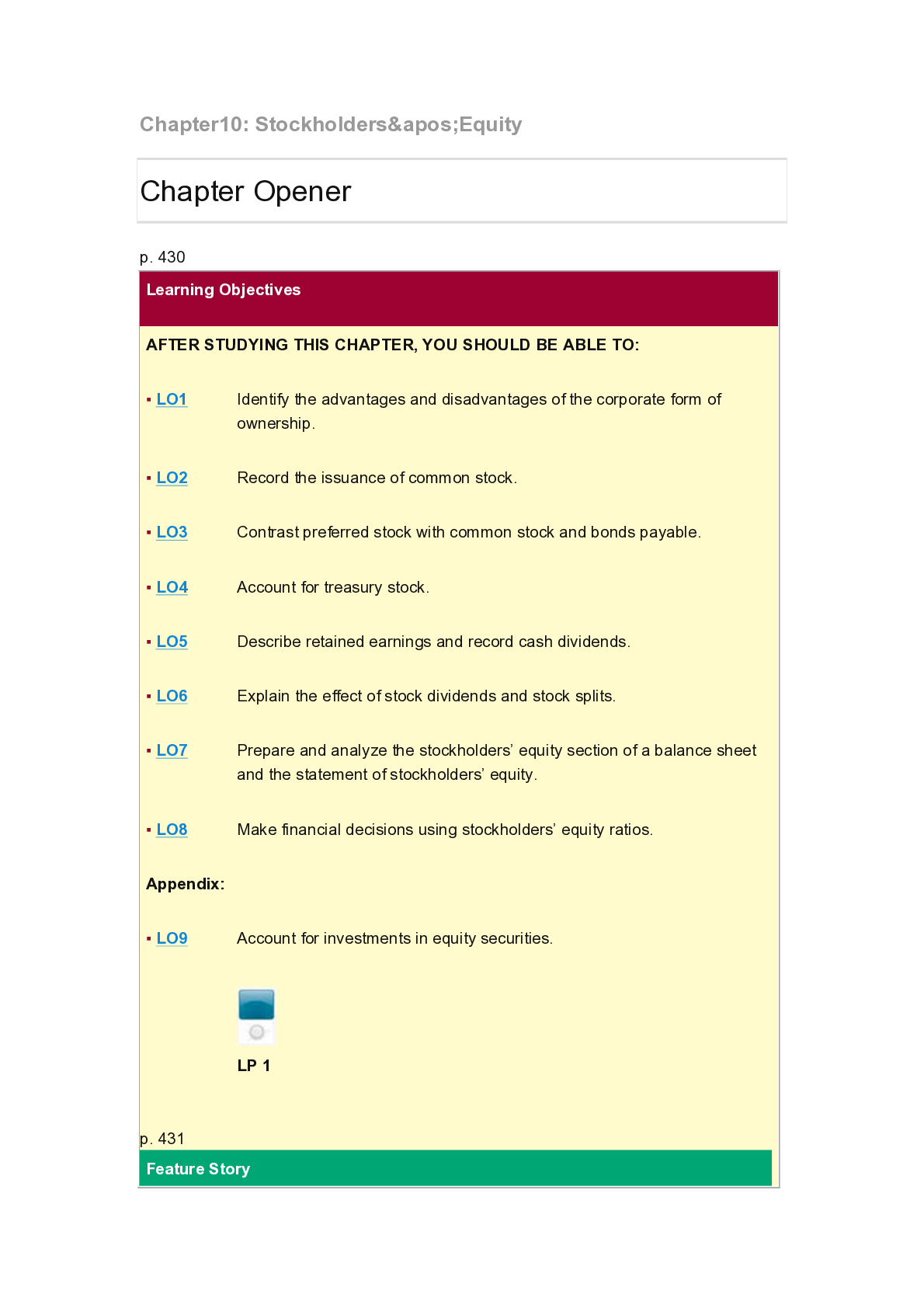

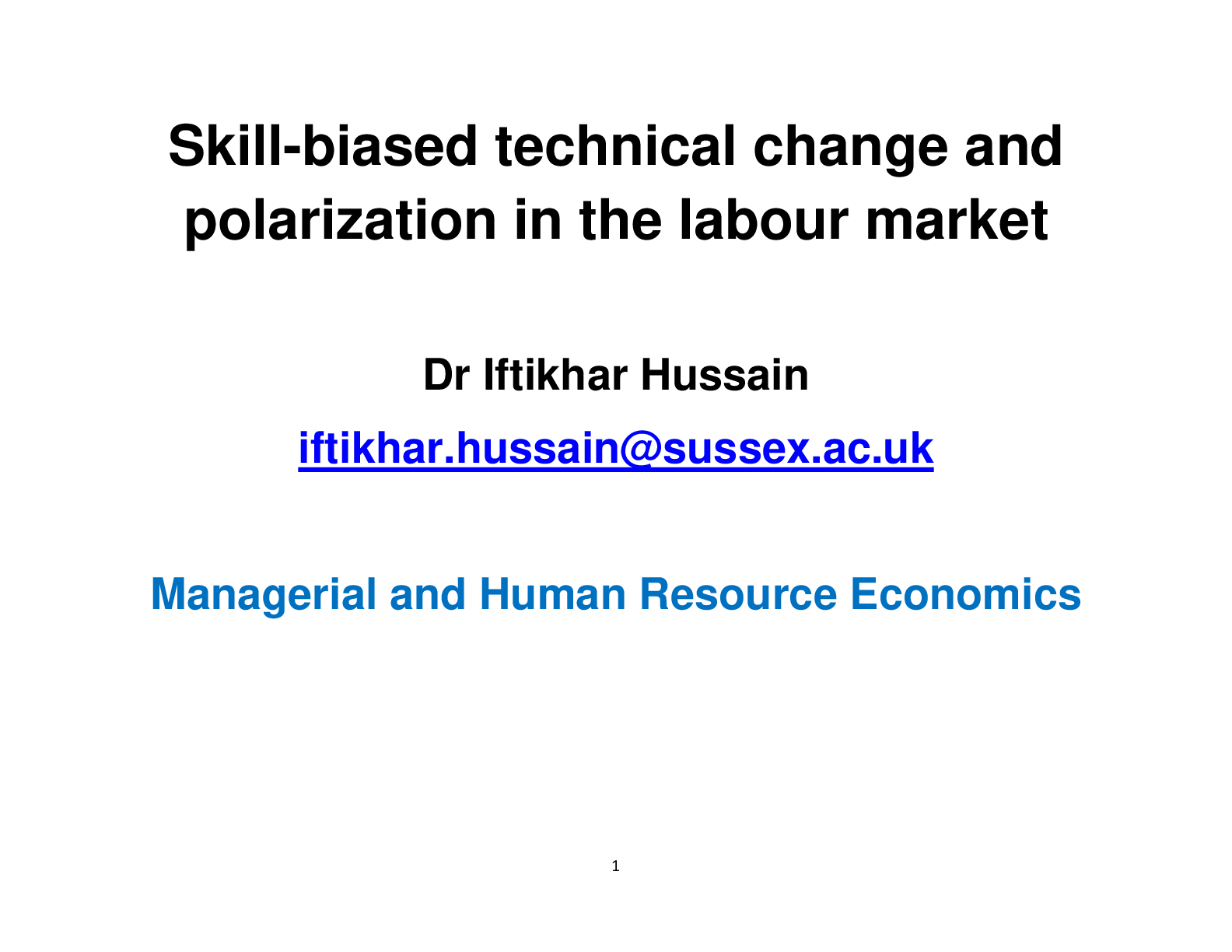
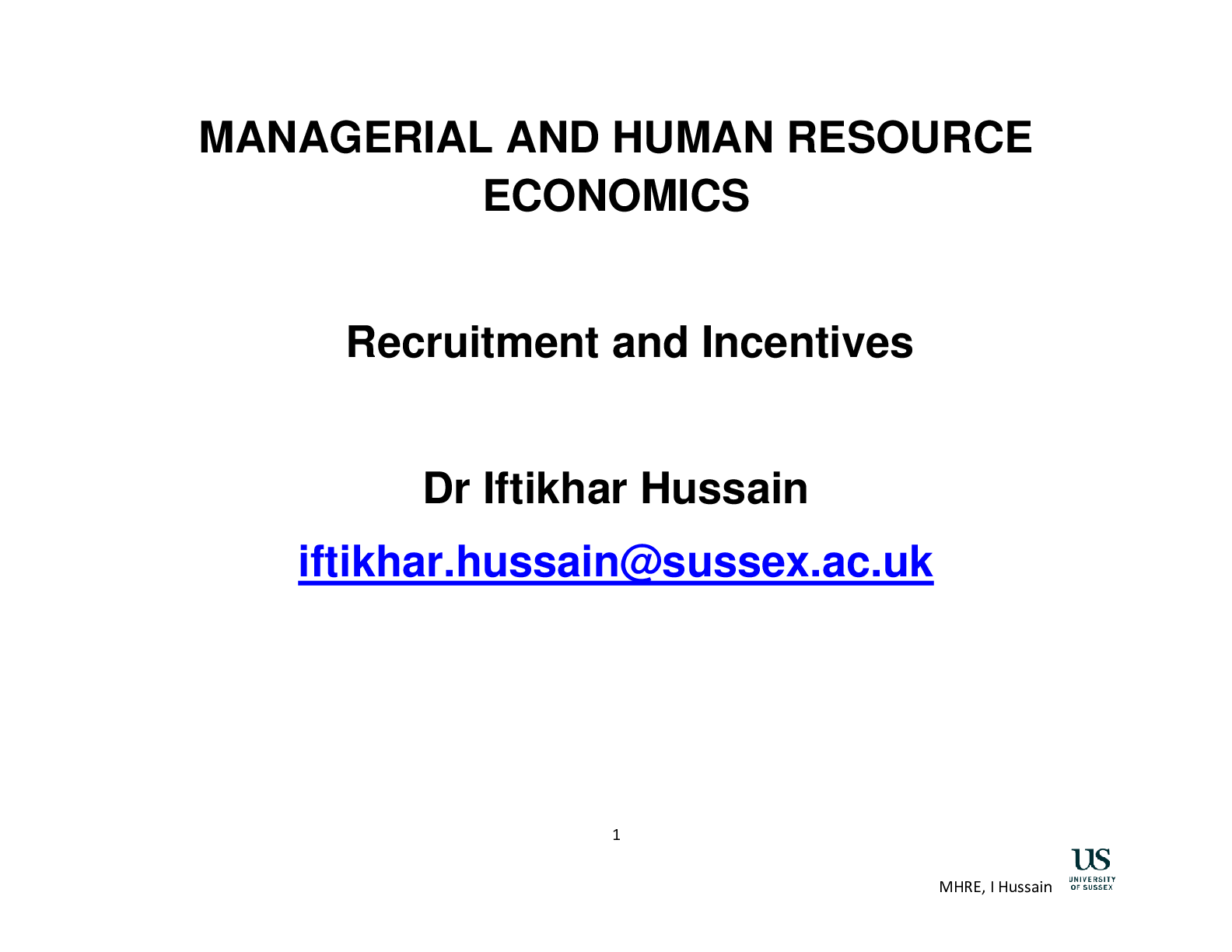

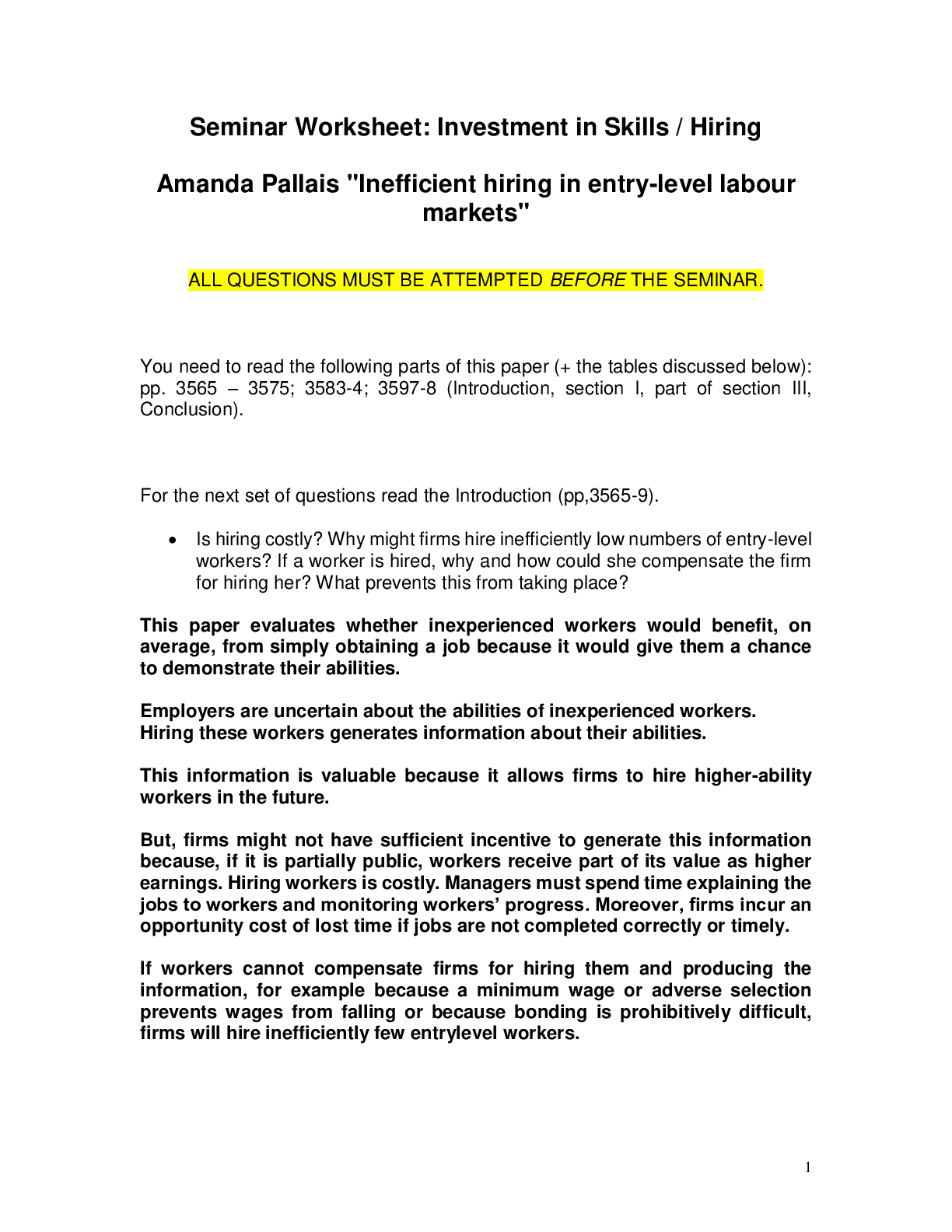
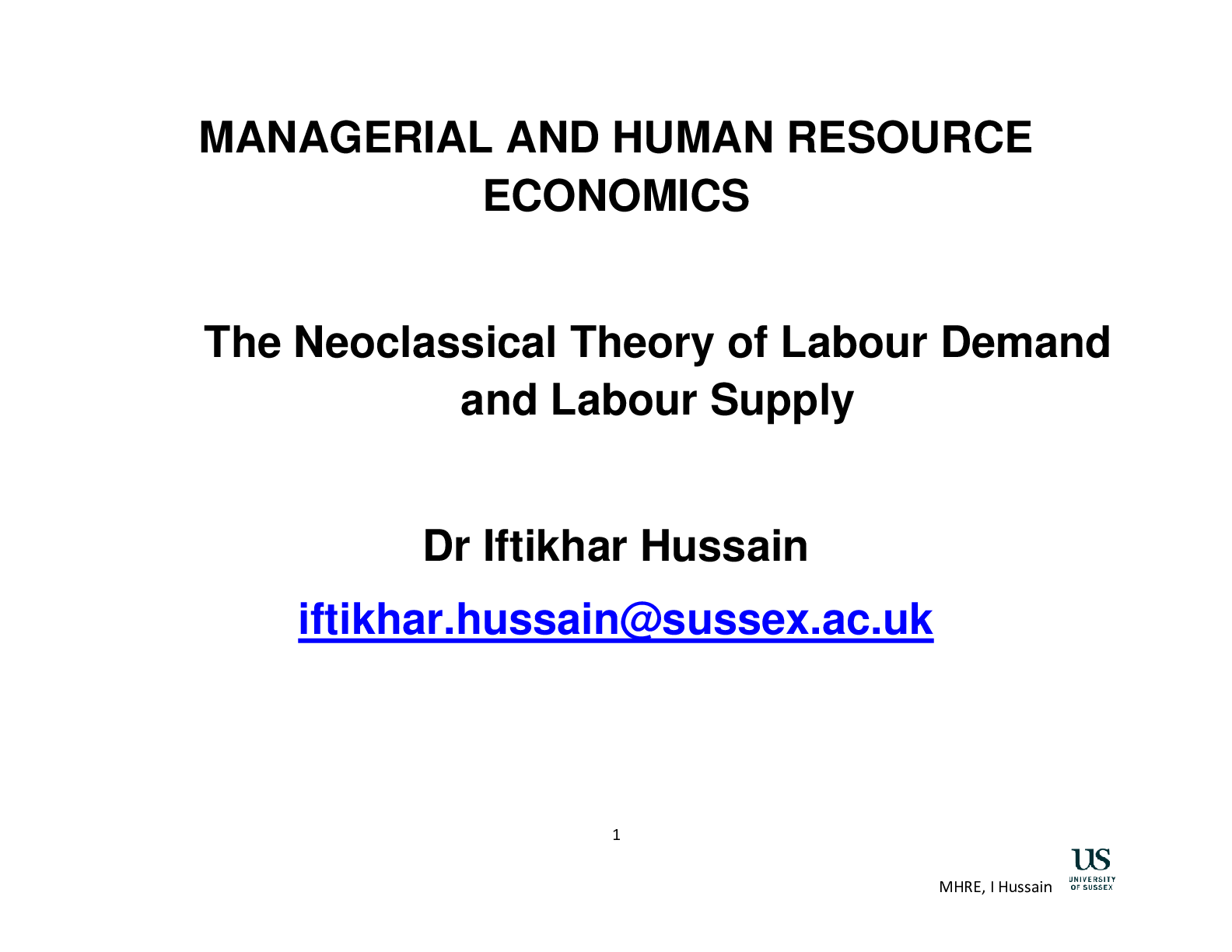

.png)




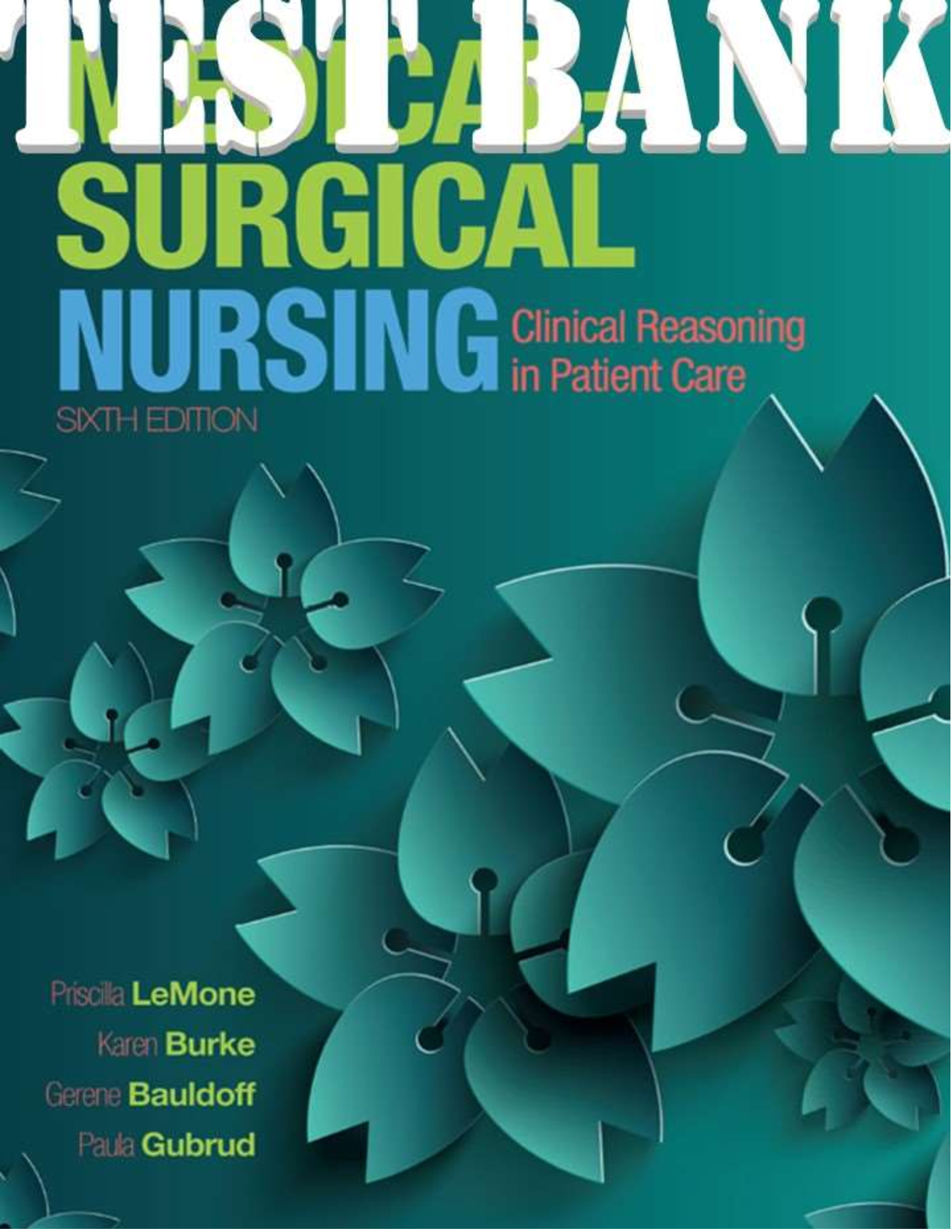
.png)
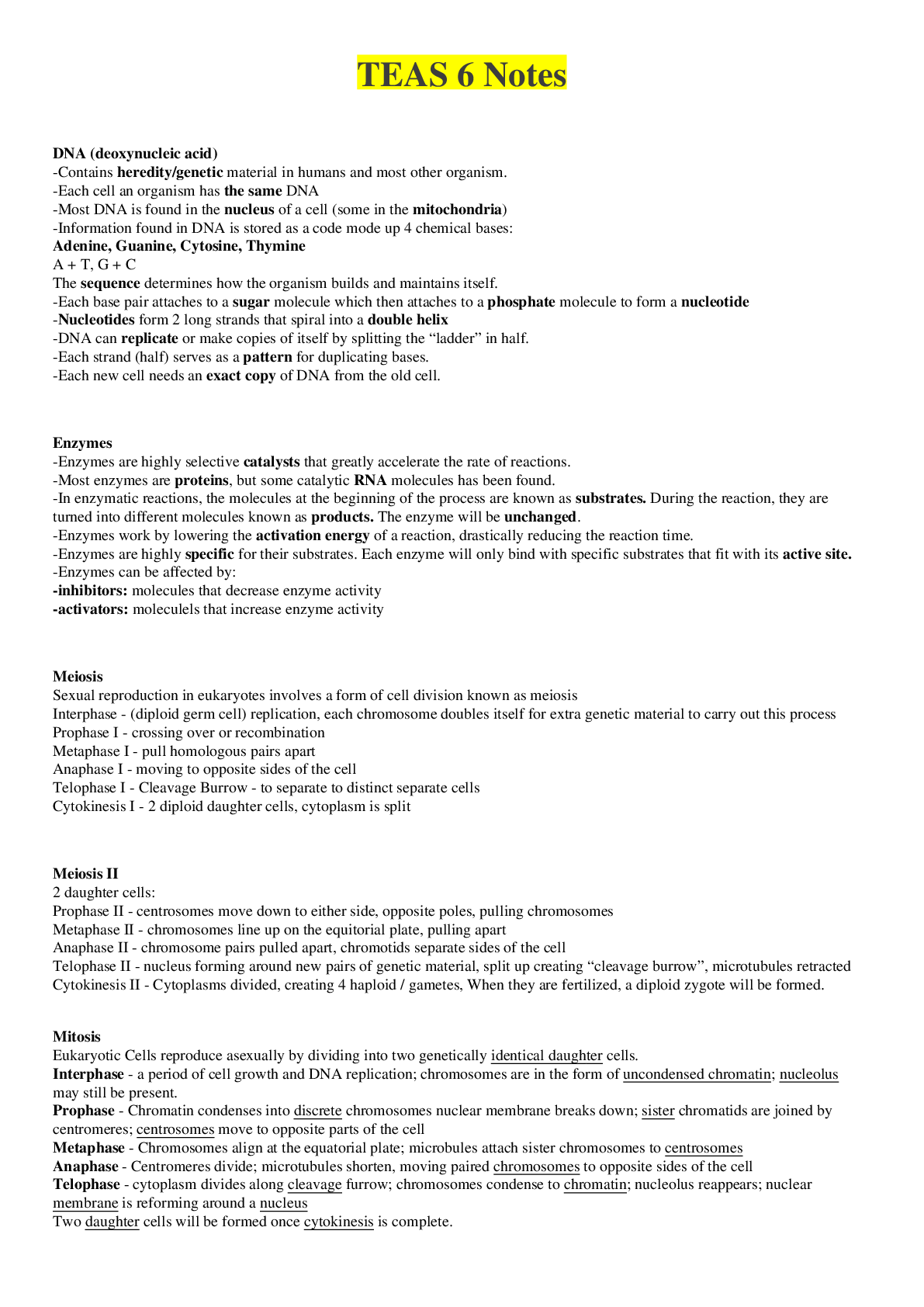

How Do Geographically Dispersed Teams Collaborate Effectively Paper.png)

